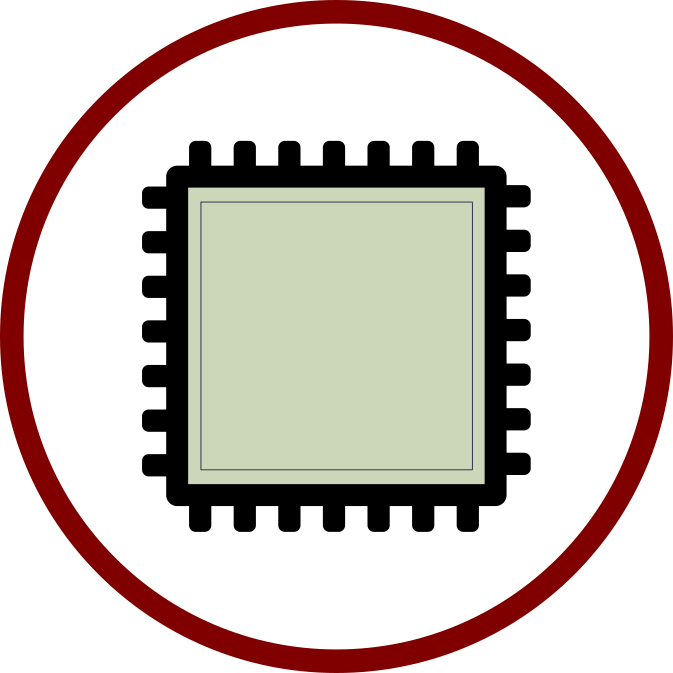Ever since I started developing this LabVIEW FPGA project that uses a MicroBlaze soft processor to process TCP streams, I have learned a lot and can comment on the pros and cons of using LabVIEW FPGA vs using a traditional Xilinx/Altera based FPGA development approach.
For starters, LabVIEW FPGA blows every single other FPGA development system out of the water when it comes to developing prototypes. I made a prototype for implementing a Monero miner in record time. I don’t remember how long it took, but you can see my commit history here: https://github.com/JohnStratoudakis/CryptoCurrencies
Then I was able to implement a UDP based orderbook proof of concept, again in record time, see my commit history here: https://github.com/JohnStratoudakis/LabVIEW_Fpga/tree/master/MarketData/MarketData_02/Fpga
Then I decided that I wanted to make my orderbook support TCP/IP, which is what most Market Data Feeds are using, so I embarked on learning how to make LabVIEW FPGA play well with Xilinx Vivado. I did not realize it at the time, but the knowledge I have gained over the past year is enough to make one not have to live with any of the cons that LabVIEW FPGA comes with.
- I have learned how to integrate basic VHDL/Verilog IP in to a LabVIEW FPGA project.
- I have learned how to integrate more complex Xilinx IP such as Adder/Subtractors, Fast Fourier Transforms, and AXI Stream FIFOs.
- I have learned how to integrate an entire soft-core processor based system in as well. Including both the simplified MicroBlaze MCS, and the more complex MicroBlaze processors developed by Xilinx.
- Furthermore, I have been able to communicate between LabVIEW FPGA and the MicroBlaze processor via AXI Stream FIFOs, General Purpose Input/Output registers, and have implemented Interrupt handlers.
Using all of this together, I can develop in a very efficient manner the perfect prototype that uses existing Xilinx IP, IP from opencores.org, or proprietary IP that can use a MicroBlaze soft-core processor all from within LabVIEW FPGA. This serves a great risk-mitigating factor in that one can tell if an FPGA will be a viable solution for a particular type of problem. Then, one can choose to keep the LabVIEW FPGA implementation and scale it out, or one can rewrite the portions written in LabVIEW in another language such as Verilog or VHDL.
Usually, the first product that works is what makes it to market and is successful, not because it is the best, but because it is the most adaptable to change. Think Evolution… think VHS, think DVDs, think about the iPod. These products were market leading because they got the job done right now, not later when all of the features were fully implemented. Additionally these products were easy to use.
Anyway, I have fully wired up the 10 Gigabit Transceiver in to my MicroBlaze, and have wired the MicroBlaze to my host application, and I am anxiously awaiting my FPGA synthesizer to complete so I can test it out…
